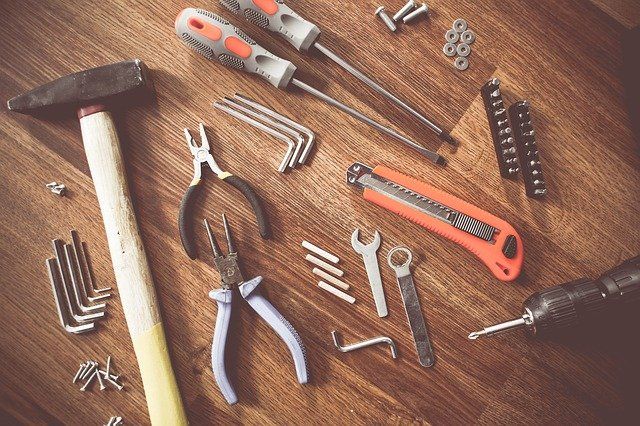
Introducing Project Shed
Here at Polestar, we’re always interested in speaking to new clients and supporting new transactions. Sometimes, the ideas just naturally flow.
Project Shed was only right given some of the environments we find ourselves working in. Chris and I were both getting work done on our patio for this summer. I couldn’t find a builder until late July, and Chris ended up doing up his own patio to avoid any delays in hostings. This got the team thinking: there are a lot of other people in England who are investing in their gardens sheds/summer houses, patios and properly lit, insulated air conditioned outdoor offices.
With the increasing consumer demand, there will naturally be a huge interest for these suppliers, distributors, and building supply companies who are looking to invest in growth or attract third-party investment. And out of our interest was born Project Shed!
Research on Project Shed
The team has done extensive research in the space. One interesting fact we found is the supply of timber and other building materials has not kept up with demand.
There is some good news and bad news. The good news is that the construction sector found a “solid return to growth in February after a setback at the start of 2021″, according to IHS Markit. In IHS Markit’s purchasing managers index (PMI), construction output is on the rise. The department of Business, Energy and Industrial Strategy also reported in March that imports of construction materials increased by £757 million in the fourth quarter of 2020 compared to the previous quarter, an increase of 18.7%.
However, the bad news is going to be delays if you’re importing building materials into the UK. There are signs of price increases, for example Dunster House (website below), due to the cost of materials.

Causes of the shortage
So what caused this shortage of building materials? As many of you are aware, the construction materials shortage can be attributed to the increases in building and home improvement activity throughout 2020, particularly during the first lockdown. This activity led to a slowdown in the production of materials from some factories in the EU, due to Brexit and COVID-19 restrictions.
Fast forward, three lockdowns later, the nation has gone home improvement mad and the big area of focus-outdoor space/gardens. We’ve never spent more time at home than now, which naturally made us want to fix things up a little. Good builders/landscapers are indicating July/August availability, which has meant some of us have had to do swing into action on DIY projects.
Google searches for ‘DIY and ‘How-to’ increased by more than 40% following the first lockdown in March 2020, according to My Tool Shed.
Brexit has caused challenges. Looking at statistics, roughly 60% of imported construction materials comes from the EU, according to the Construction Leadership Council.
Brexit initially caused from uncertainty surrounding tariffs on imports or quotas, but the construction sector was relieved once modest changes were implemented. The impact of Brexit led to short or medium-term disruption. A survey last month week by the Timber Trade Federation revealed that the time and cost to fill out customs and due diligence paperwork is adding pressure to an already tight timber supply chain, and this is slowing down trade.
Materials affected
So what materials exactly were affected, and how will this impact project shed? Timber, plaster, roof tiles, insulation, landscape materials, paint and more.
The biggest material that affects Project Shed is the shortage of timber. In the UK, there has a been a shortage of timber since the first lockdown. Volumes are expected to normalize, but there will be much longer lead times, with some contractors reporting between 2-6 months.
The Builders Merchants Federation (BMF) expects average price increases of 5-10% this year, and the recent Federation of Master Builders (FMB) State of Trade Survey showed 87% of builders had reported rising costs.
Debt advisory
The great news is you have the huge demand, stretched working capital cycle, and a move from HMRC to preferential creditor status in December’2020 which might have curtailed advancement on the Working Capital facility you have. This impact is felt on floating charge assets, that point very might to the Stock, WIP, and Finished Goods on the Balance Sheet, such as the timber, plaster, roof tiles, insulation and other materials previously mentioned.
Don’t let the lack of funding constrain you growth, this might be a good time for you to review your current banking facilities and whether they are still the most flexible/competitive. There are plenty of alternative asset backed lenders out there who can move quickly and offer you a more tailored approach. Ride the wave while you can!
Chris, our resident debt guru, would be delighted to look into this for you and learn more about your business and circumstance.
Let’s connect!
The team has done extensive research in this space to get us prepared for Project Shed. If you have any interest in a requirement for growth capital, our research in the space, or would like to review your working capital facilities, please reach out to us! We would be delighted to speak with you.
Don’t let the lack of funding constrain you growth, this might be a good time for you to review your current banking facilities and whether they are still the most flexible/competitive